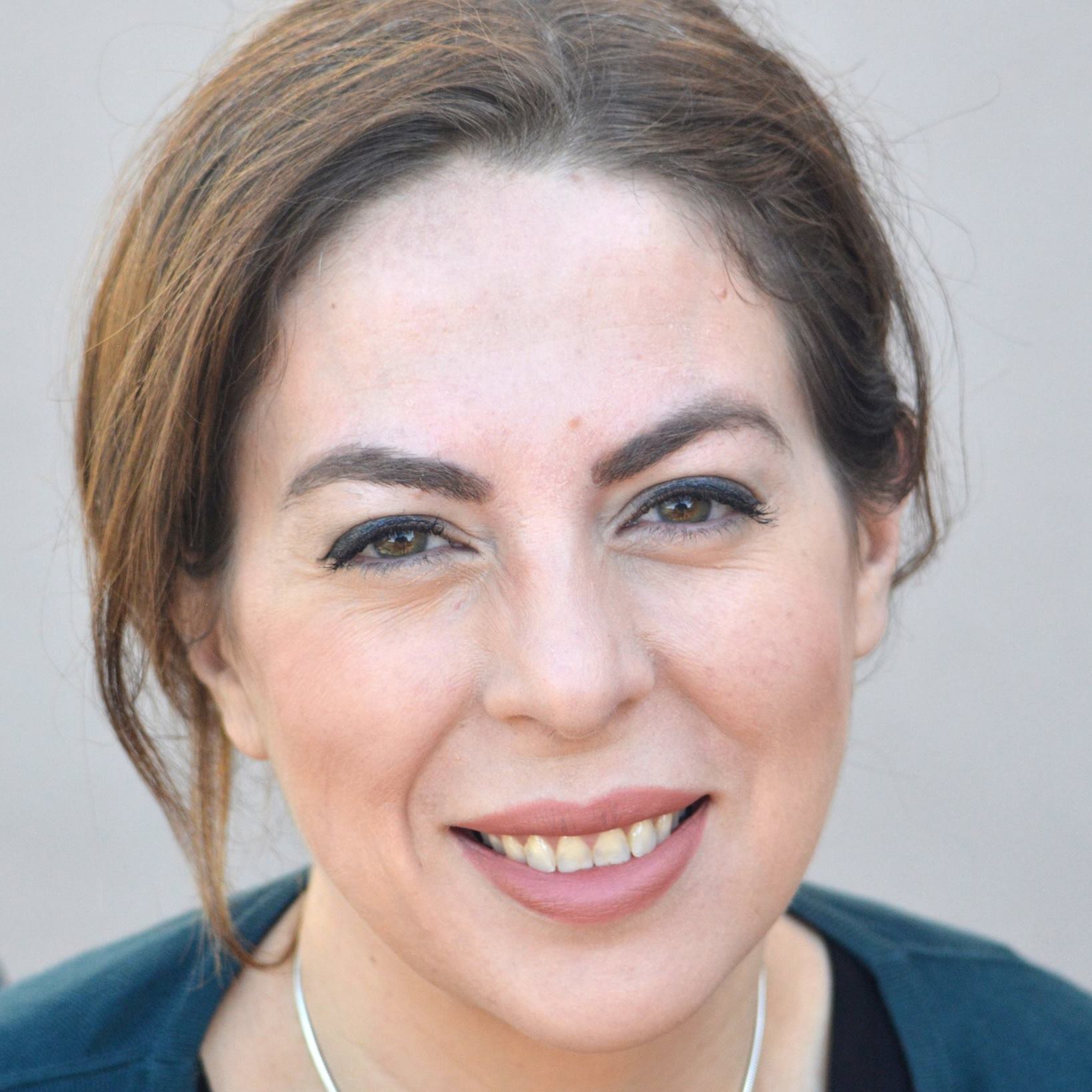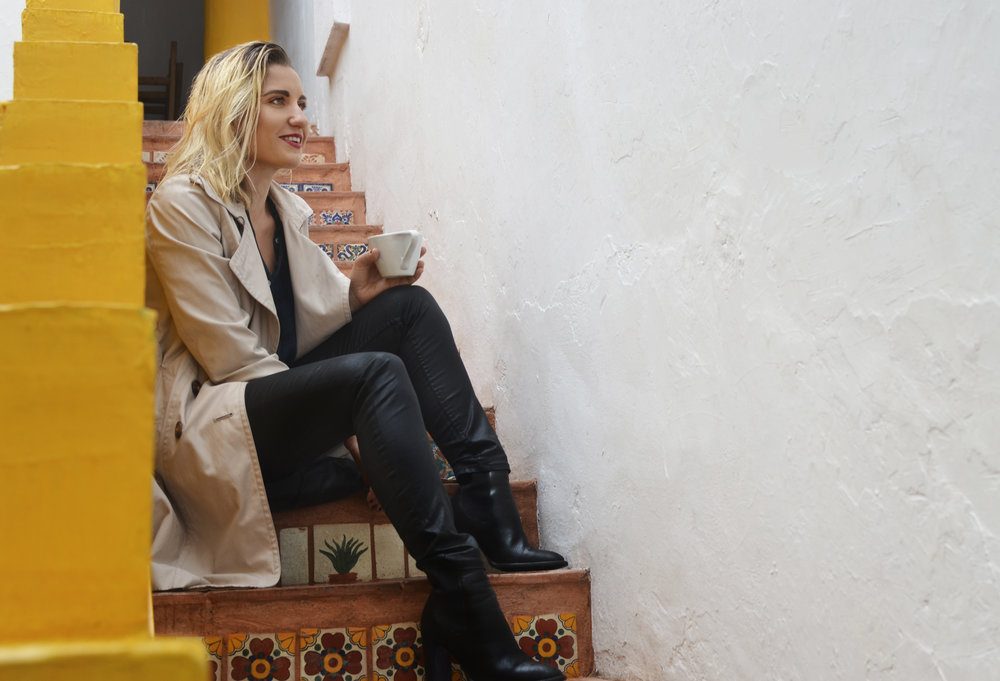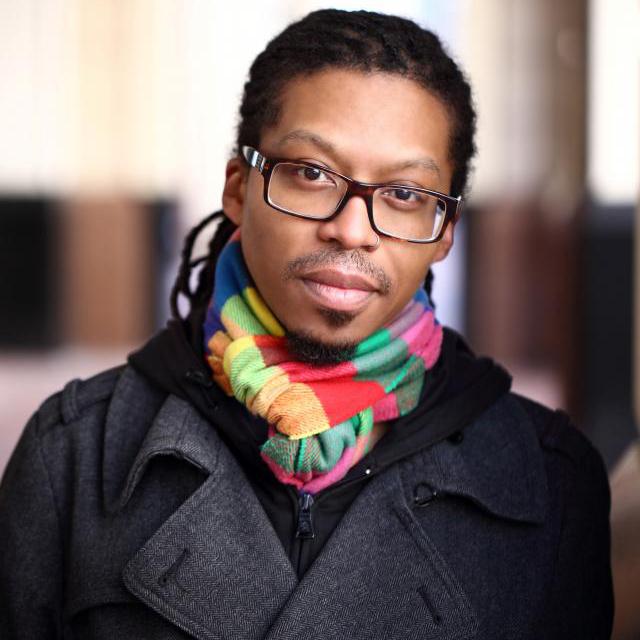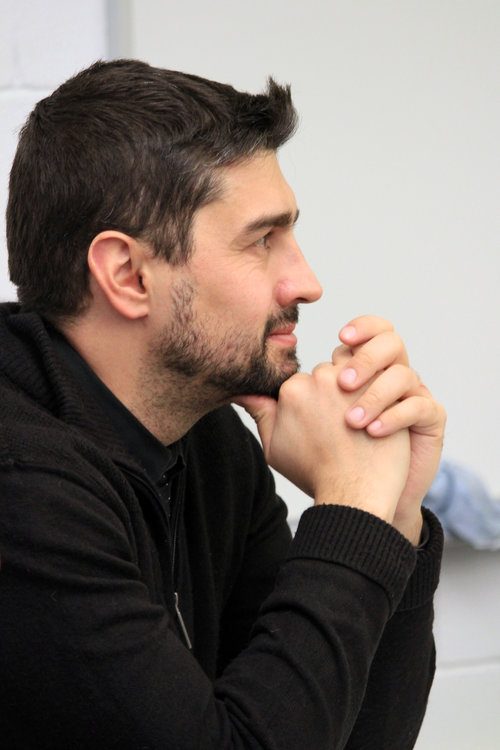Gyre Journeys: How Twains of Theme and Plot Meet in Ruth Ozeki’s A Tale for the Time Being
At the beginning of my second semester at Warren Wilson College’s MFA for Writers, my supervisor Ana Menéndez challenged me to identify the themes of my novel. After some thought, I created a list, including “feeling like you were born into the wrong family,” “the truth, vs. the stories you tell yourself about any given situation,” and “the credit intersectionally marginalized characters deserve, vs. the credit they actually get, from authority figures with more privilege.”
Toward the end of the semester, she asked me how I was going to structure my novel, given that I already had over 100 pages of writing. I made a list of plot points, including: “Lana finds out about Patrick’s infidelity with her best friend Veronica and has a nervous breakdown,” and “Crystal gets a blood test and realizes she’s not a Clancy after all.” My theme list read like the pensées of a theory-glasses-wearing lesbian feminist (if the comfortable shoe fits . . .), and my plot points list smacked of the season bible of an eighties soap opera.
These two lists of themes and plot points sat in separate documents in my computer folder, giving each other the cold shoulder, and when I made them look at each other, the stink eye. It took reading Ruth Ozeki’s A Tale for the Time Beingto understand how much of an intimate, intertwined, sculptural relationship that even aesthetically discordant plot points and themes can have—and that when they do, a compelling structure is near-inevitable. As my essay supervisor David Haynes wrote, “a novel’s themes… are the real scaffolding that support the plot and give the novel its substance.”
And so I decided to examine how the theme supports the plot, and vice versa, through the use of craft elements in the novel A Tale for the Time Being by Ruth Ozeki. But how would I focus it? I thought about how Ozeki uses gyre both literally and figuratively in the novel. This theme sweeps up in its currents many of the other themes that undergird the novel; I narrowed those many themes down a subset to discuss.
[… continue reading Part I and Part II at Fiction Writers Review.]










